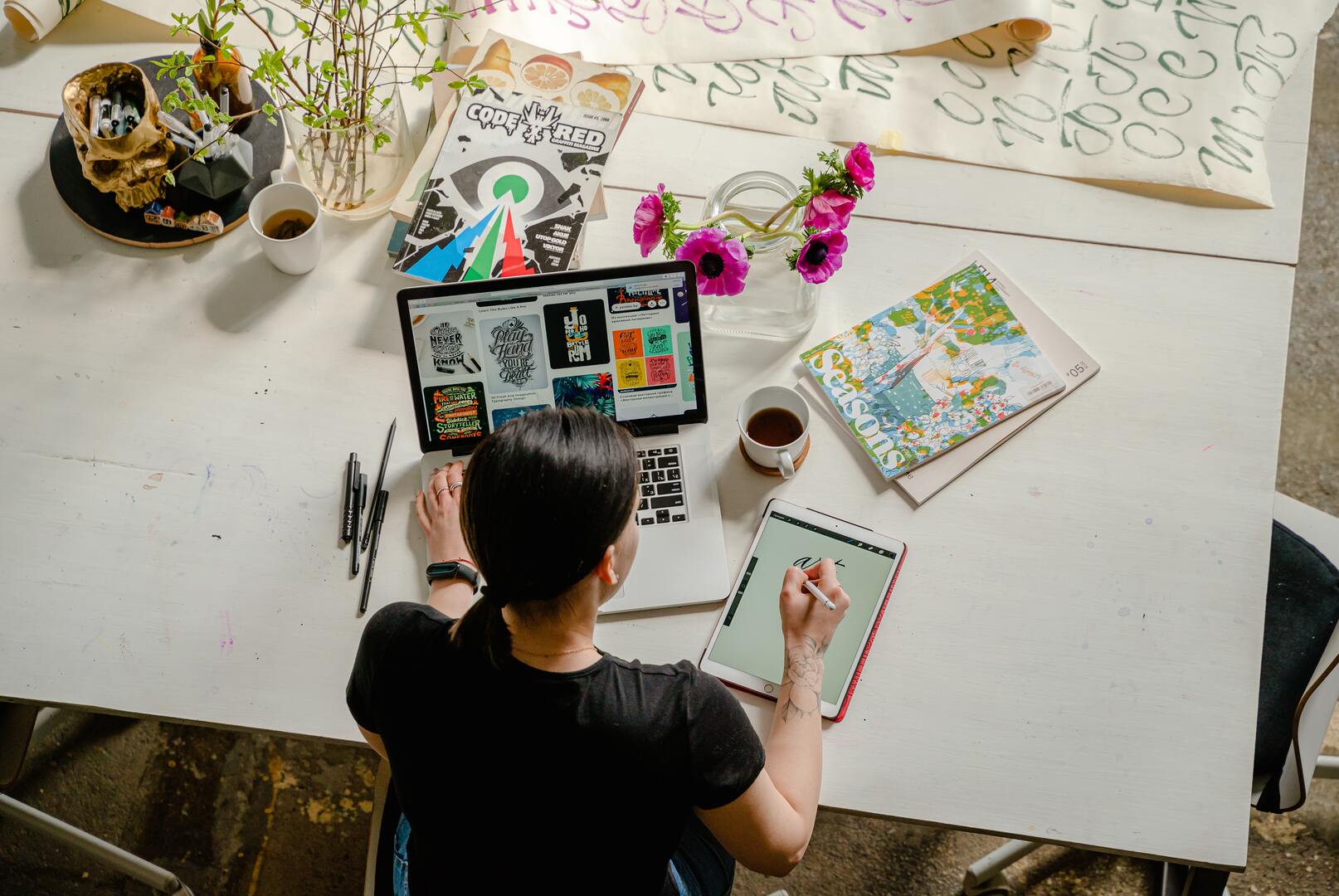
A well-designed logo is a powerful tool in establishing a brand's identity and making a lasting impression. By following certain principles and guidelines, designers can create impactful logos that resonate with the audience. In this article, we will explore the dos and don'ts of logo design, including simplicity, originality, versatility, memorability, relevance, typography, and colour choices.
Why is having a strong and impactful logo important?
Logo design plays a crucial role in establishing a strong brand identity. A logo serves as the visual representation of a brand and is often the first point of contact for potential customers. It acts as a symbol that communicates the essence of the brand, evokes emotions, and leaves a lasting impression. A well-designed logo has the power to attract and engage the target audience, differentiate a brand from its competitors, and foster brand recognition and loyalty.
Understanding Your Purpose and Target Audience
Define the Purpose
Before diving into the design process, it is essential to have a clear understanding of the purpose and goals of the logo. Ask yourself questions like: What message do you want the logo to convey? What values and emotions should it evoke? Is the logo intended to represent a product, service, or the entire brand? Defining the purpose and goals will provide a solid foundation and direction for your logo design.
Identify Your Target Audience
To create an impactful logo, it is crucial to understand the target audience you are designing for. Research and identify the demographic characteristics, interests, and preferences of your target audience. Consider factors such as age, gender, culture, and industry. Understanding your audience will help you tailor the design elements, colours, and typography to appeal to their tastes and effectively communicate your brand's message.
Research Your Competitors and Industry Trends
Analysing your competitors' logos and industry trends is an important step in the logo design process. Explore the logos of your competitors and identify common elements, styles, or themes. This research will help you differentiate your logo design and ensure that it stands out in the market. Additionally, keeping up with industry trends will allow you to incorporate relevant elements while still maintaining a unique and timeless design.
By thoroughly understanding the purpose, target audience, and competitive landscape, you lay a strong foundation for creating an impactful logo. In the next section, we will delve into the dos of logo design that will guide you in crafting an effective and memorable logo.
Do’s in Logo Design
1. Simplicity - Keeping the design clean and uncluttered
- One of the most important dos in logo design is to prioritise simplicity.
- A simple and uncluttered design allows for easy recognition and memorability.
- Avoid overcrowding your logo with unnecessary elements or intricate details that can confuse or distract viewers.
- Opt for clean lines, minimalistic shapes, and a balanced composition.
- Remember, simplicity enhances the visual impact and ensures that your logo remains timeless and versatile.
2. Originality - Developing a unique and distinctive logo
- Creating an original logo is essential for brand differentiation and recognition.
- Strive to develop a logo that stands out from the competition and captures the essence of your brand.
- Avoid using generic symbols or cliché design elements that can dilute your brand's identity.
- Instead, explore unique concepts, symbols, or visual metaphors that align with your brand's personality and values.
- Originality in logo design helps create a memorable and lasting impression on your target audience.
3. Versatility - Ensuring the logo works well across different platforms and sizes
- An impactful logo should be versatile enough to adapt to various applications and sizes.
- Consider the different platforms and mediums where your logo will be displayed, such as websites, social media profiles, business cards, or signage.
- Ensure that the logo remains recognisable and legible, whether it is scaled down for a mobile app icon or enlarged for a billboard.
- A versatile logo design allows for consistent branding and maintains its impact across different contexts.
4. Memorability - Designing a logo that leaves a lasting impression
- Creating a memorable logo is a key goal for any designer.
- A memorable logo leaves a lasting impression in the minds of viewers, helping to reinforce brand recognition and recall.
- To achieve this, focus on developing a unique visual concept, utilising distinctive colours, and incorporating creative typography.
- Consider using visual elements that are unexpected or evoke emotions to make your logo more memorable.
- A well-designed logo that stands out from the crowd will leave a lasting impact on your audience.
5. Relevance - Reflecting the brand's values, products, or services
- A successful logo should be relevant to your brand's values, products, or services.
- It should visually communicate what your brand represents and resonate with your target audience.
- Research your brand's core values, mission, and unique selling points.
- Use this information to guide your design choices and incorporate elements that align with your brand's identity.
- The logo should effectively convey the essence of your brand and create a connection with your audience.
Don’ts in Logo Design
1. Overcomplicating the design with excessive elements
- One common mistake in logo design is overcomplicating the design with too many elements.
- Avoid the temptation to include unnecessary details, intricate patterns, or excessive text.
- A cluttered logo can make it difficult for viewers to understand and remember your brand.
- Keep the design clean, focused, and visually balanced. Remember, simplicity is key in creating a memorable and impactful logo.
2. Relying too heavily on trends that may quickly become outdated
- While it's important to stay informed about design trends, relying too heavily on them can lead to a logo that quickly becomes outdated.
- Design trends come and go, and what's popular today may lose its appeal tomorrow.
- Instead of following every trend, aim for a timeless and enduring design that will stand the test of time.
- A logo with a classic and timeless aesthetic will maintain its relevance and impact, even as design trends change.
3. Using cliché or generic symbols that lack originality
- Avoid using cliché or generic symbols in your logo design.
- Overused symbols such as globes, arrows, or generic icons can make your logo appear unoriginal and unremarkable.
- Strive for a unique and distinctive visual representation of your brand.
- Conduct thorough research to identify symbols or visual metaphors that align specifically with your brand's identity, values, or industry.
- An original and thoughtful logo design will help your brand stand out and make a lasting impression.
4. Incorporating too many colours that can confuse or distract viewers
- Colour is an important element in logo design, but using too many colours can be overwhelming and confuse viewers.
- Aim for a colour palette that is harmonious, balanced, and meaningful to your brand.
- Limit the number of colours used in your logo to two or three, ensuring that they work well together and evoke the desired emotions.
- Remember that colours have psychological associations, so choose colours that
5. Neglecting scalability and legibility in different sizes and applications
- A logo should be versatile enough to maintain its legibility and impact across various sizes and applications.
- Neglecting scalability can result in a logo that becomes distorted or illegible when scaled down or reproduced in different mediums.
- Ensure that your logo remains clear and readable, even when it's reduced to a small size for a website favicon or printed on a small promotional item.
- Test your logo in different sizes and applications to ensure its visual integrity and effectiveness.
Typography and Colour Choices
Select fonts that align with the brand's personality
Typography plays a significant role in logo design as it conveys the brand's personality and sets the tone for the visual representation.
When selecting fonts, consider the brand's values, industry, and target audience. Fonts can be categorised as serif, sans-serif, script, or display, each with its own characteristics.
Serif fonts - often convey a sense of tradition and reliability, while sans-serif fonts give a modern and clean look.
Script fonts - add elegance and playfulness, while display fonts are bold and attention-grabbing.
Choose fonts that align with your brand's personality and create a harmonious visual impact.
Understanding the psychology of colors and their impact on perception
Colours have a profound effect on human psychology and perception. Different colours evoke various emotions and can influence how your brand is perceived.
For Example:
Blue - is associated with trust, stability, and professionalism, making it suitable for financial institutions.
Yellow - conveys energy, optimism, and creativity, making it ideal for brands in the entertainment or food industries.
Green - symbolises nature, health, and sustainability, making it relevant for environmentally conscious brands.
Research colour psychology and choose a colour palette that reflects your brand's values, resonates with your target audience, and aligns with the message you want to convey.
Harmonise typography and colours to create a cohesive design
To create a cohesive and visually pleasing logo, it's crucial to harmonise the typography and colours. Ensure that the chosen font styles and weights complement each other and work well together. Consistency in typography helps establish visual hierarchy and enhances readability.
Similarly, the colour palette should be harmonious, with colours that complement and enhance each other. Consider the contrast between the font colour and the background colour to ensure legibility. Pay attention to the balance between text and graphical elements, ensuring that they work together seamlessly to create a unified and cohesive logo design.
Test and Refine Your Logo
Gather feedback - Share the logo with stakeholders, clients, or your target audience and encourage open and honest feedback. Their perspectives can provide valuable insights and help you understand how your logo is perceived and whether it effectively communicates your brand's identity.
Refine the logo based on feedback - Analyse feedback looking for recurring patterns or suggestions that align with your brand's goals and objectives. Experiment with different iterations, incorporating the feedback and making adjustments to the design elements, typography, colours, or overall composition.
Consider long-term scalability and adaptability - A logo should be designed to withstand the test of time and remain relevant as your brand grows and evolves. Consider how the logo will look in different sizes, from a small social media profile picture to a large billboard. Ensure that the logo remains legible and visually appealing across various mediums and platforms.
Designing an impactful logo requires a balance of creativity and strategy. By prioritising simplicity, originality, versatility, memorability, and relevance, designers can create logos that effectively represent the brand and leave a lasting impression. Additionally, careful consideration of typography and colour choices helps create a cohesive design. Through testing, gathering feedback, and refining, designers can continuously improve their logo designs. With a well-crafted logo, brands can establish a strong identity and connect with their target audience.
Leave your logo design with us, get in contact today!







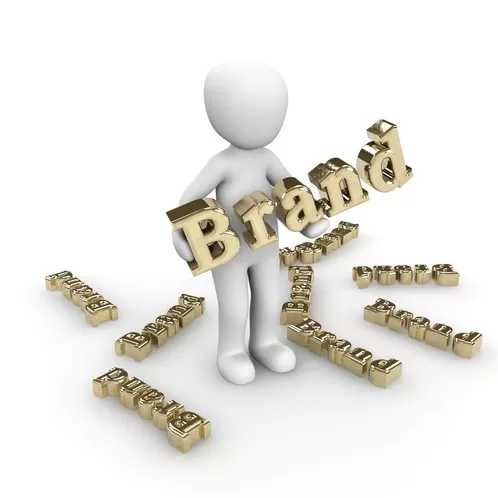

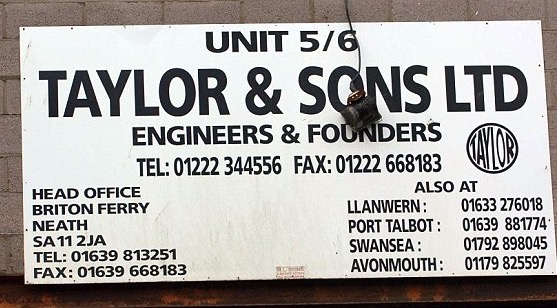

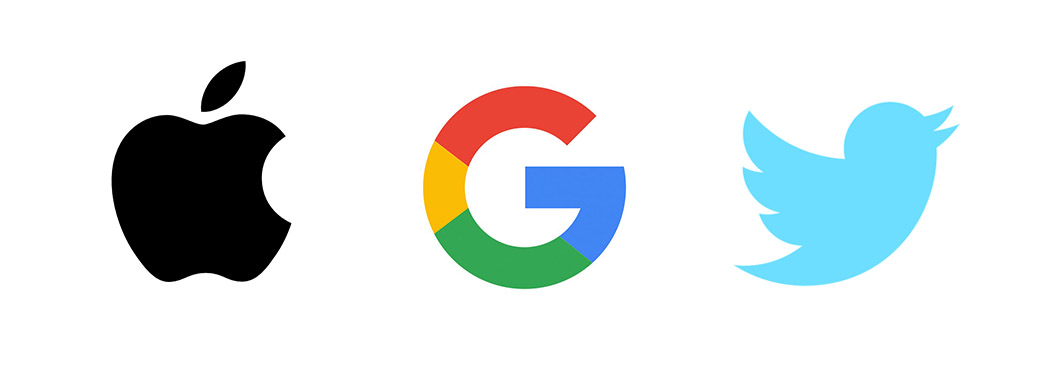
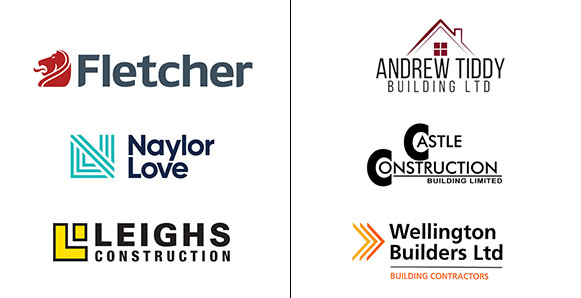
 Having a strong logo and brand like this one means that we don't have to think on a conscious level, "what does this represent?", we can automatically recognise this brand at a glance.
Having a strong logo and brand like this one means that we don't have to think on a conscious level, "what does this represent?", we can automatically recognise this brand at a glance.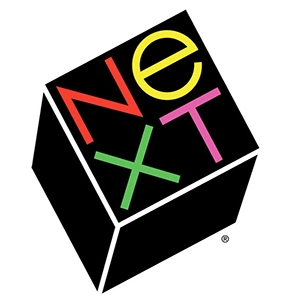 Many design companies will offer you a fixed price and one option for your logo. We do not. An infamous example of the 'fixed price one option logo design' is the NeXT Logo designed by Paul Rand at a cost to Steve Jobs of $100,000.
Many design companies will offer you a fixed price and one option for your logo. We do not. An infamous example of the 'fixed price one option logo design' is the NeXT Logo designed by Paul Rand at a cost to Steve Jobs of $100,000.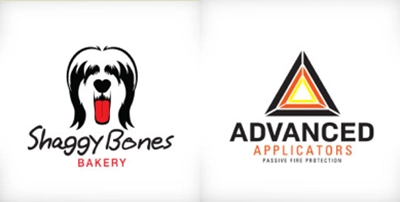
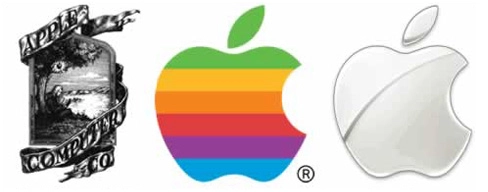 Logo left:
Logo left: